Jagdish Mehra9789810249854, 9810249853, 9810243421, 9810249845
Table of contents :
Contents……Page 6
1. The Wolfskehl Endowment……Page 8
2. Bohr’s Lectures: Atomic Structure……Page 9
3. Bohr’s Audience……Page 11
4. The Breakdown of Calculations: Helium Problem and Anomalous Zeeman Effects……Page 13
5. A Fundamental Problem: The Light-Quantum……Page 14
6. Sharpening the Correspondence Principle……Page 16
7. Heisenberg’s New Scheme……Page 17
8. Helgoland and the Joy of Discovery……Page 19
9. The Matrix Formulation of Quantum Mechanics……Page 21
10. Non-Commutation and the Poisson Bracket: Dirac’s Discovery……Page 23
11. Quantization as an Eigenvalue Problem……Page 26
12. Uncertainty and Complementarity……Page 28
References……Page 32
1. Growing up and Education in Bristol……Page 37
2. Student in Cambridge……Page 41
3. Brief Apprenticeship in Research……Page 43
4. Quantum Mechanics……Page 47
5. Completion of the Scheme……Page 51
6. Visits to Copenhagen and Gottingen……Page 56
7. Relativity Quantum Mechanics……Page 59
8. Work of a Theoretical Physicist……Page 63
Notes and References……Page 66
1. Schrodinger’s Family Background and School Education……Page 75
2. Student at the University of Vienna……Page 77
3. Schrodinger’s Early Scientific Work……Page 79
4. Schrodinger as Privatdozent and Scientific Work during World War I……Page 92
5. From Vienna to Zurich……Page 96
6. Problems of Atomic Structure……Page 97
7. Color Vision and Physiological Optics……Page 104
8. Problems and Extensions of Statistical Mechanics……Page 111
References……Page 120
9. Scientific Exchange with Planck and Einstein……Page 130
10. Initial Steps Toward the Hydrogen Equation……Page 134
11. The Nonrelativistic Hydrogen Equation……Page 142
12. Foundations of Undulatory Mechanics……Page 153
References……Page 166
13. The Scheme Starts to Work……Page 172
14. Response of Wave Mechanics. I. The Early Phase……Page 180
15. Formal Equivalence of Wave Mechanics and the Quantum Mechanics of Born Heisenberg Jordan and Dirac……Page 184
16. Response to Wave Mechanics II. Applications and Extensions……Page 192
17. Towards an Undulatory Interpretation of Atomic Phenomena; Further Applications of Wave Mechanics……Page 207
References……Page 233
1. Introduction……Page 241
2. Niels Bohr and Albert Einstein: First Encounter and Early Discussions……Page 242
3. Niels Bohr and Werner Heisenberg: Early Discussions and the Birth of Quantum Mechanics……Page 247
4. The Creation of Wave Mechanics……Page 255
5. Erwin Schrodinger’s Lectures in Berlin and Munich and Visit to Copenhagen……Page 257
6. Max Born’s Statistical Interpretation of the Wave Function……Page 264
7. Transformation Theory of Paul Dirac Pascual Jordan and Fritz London……Page 266
8. Niels Bohr’s Discussions with Heisenberg in Fall 1926 and the Formulation of the Uncertainty Principle……Page 268
9. The Principle of Complementarity……Page 272
10. The Fifth and Sixth Solvay Conferences and Bohr’s Discussions with Einstein……Page 274
Bibliography of Principal Sources……Page 276
References……Page 277
Growing Up……Page 281
Higher Education……Page 283
Return to Hungary and Call to Berlin……Page 285
Albert Einstein and Leo Szilard in Berlin……Page 287
Gottingen……Page 290
Back in Berlin……Page 292
Invitation from Princeton University……Page 294
Madison Wisconsin……Page 298
Consequences of the Discovery of Nuclear Fission……Page 300
The Metallurgical Laboratory and the Atomic Bomb Project……Page 301
Building Reactors with the DuPont Company……Page 303
Civil Defense……Page 305
Continuing Scientific Work and Achievement……Page 306
Some Eminent Friends and Colleagues……Page 310
Honors and Awards……Page 314
Retirement and Family……Page 315
References……Page 316
26. Lev Davidovich Landau: Some Aspects of His Life and Personality……Page 320
References……Page 326
1. Introduction……Page 328
2. The Quantum-Theoretical Reformulation of the Radiation Field……Page 329
3. Dirac’s Quantum Theory of Emission and Absorption of Radiation……Page 333
4. The Quantization of de Broglie Waves……Page 338
5. Intermezzo on the Charge-Free Relativistic Quantum Electrodynamics……Page 345
6. The Quantization of (Nonrelativistic) Bose and Fermi Fields with Interaction……Page 351
References……Page 358
1. Introduction……Page 360
2. Light-Quanta Wave Fields and Particles: Einstein’s Preparation for the Fifth Solvay Conference (Spring 1926 to Fall 1927)……Page 361
3. The 1927 Solvay Reports and Their Preparation (Summer 1927)……Page 368
4. The Official (Published) Discussions of Reports (October 1927)……Page 373
5. The Bohr – Einstein Debate in October 1927 – Early and Later Recollections……Page 377
6. The Formulation Given to the Complementarity Principle (1928)……Page 382
7. Bohr’s New Philosophical Physical and Biological Insights (1928-1929)……Page 386
8. Opposition from Berlin and the Sixth Solvay Conference (1928-1930)……Page 391
References……Page 397
1. Introduction……Page 399
2. Are Elementary Particles Impenetrable? (September 1926 to January 1927)……Page 402
3. The Electron Wave Equation in Quantum Mechanics: Vector or Spinor? (December 1926 to May 1927)……Page 407
4. Dirac’s Magnetic Electron Equation (January 1927 to January 1928)……Page 414
5. The Successes of the Relativistic Electron Theory and the Negative Energy Paradox (February to December 1928)……Page 424
6. The Foundation of Relativistic Quantum Mechanics (Fall 1927 to March 1929)……Page 435
7. The ‘Copenhagen Spirit’ and Its Interpretation (1928-1930)……Page 448
References……Page 458
1. Introduction: ‘Pure Theory’ versus ‘Experiment and Theory’……Page 461
2. The Theoretical Prediction of Dirac’s ‘Holes’ and ‘Monopoles’ (1928-1931)……Page 473
3. The Discovery of New Elementary Particles of Matter and Antimatter (1930-1933)……Page 484
4. Quantum Mechanics of the Atomic Nucleus (1931-1934)……Page 499
References……Page 518
31. Between Hope and Despair: Quantum Electrodynamics in the 1930s……Page 524
References……Page 554
32. Universal Nuclear Forces and Yukawa’s New Intermediate Mass Particle (1933-1937)……Page 557
References……Page 571
33. New Fields Describing Elementary Particles Their Properties and Interactions……Page 573
Nuclear Forces and Reactions: Transmutation of Nuclei……Page 600
References……Page 625
34. Energy Generation in Stars and Nuclear Fusion. The Origins of Nuclear Fission……Page 629
References……Page 641
1. Introduction……Page 643
2. From Inconsistency to Incompleteness of Quantum Mechanics: The EPR Paradox (1931-1935)……Page 646
3. The Response of the Quantum Physicists Notably Bohr and Heisenberg to EPR (1935)……Page 654
4. Erwin Schrodinger Joins Albert Einstein: The Cat Paradox (1935-1936)……Page 666
5. Reality and the Quantum-Mechanical Description (1935-1936)……Page 675
References……Page 685
1. Introduction……Page 688
2. The Copenhagen Interpretation……Page 689
3. Formal Problems of the Q.M. Scheme……Page 692
4. Theory of Measurement and the Equation of Motion……Page 699
5. Transition to the Macroscopic World……Page 704
6. Hidden Variables……Page 716
7. The Notion of ‘Reality’ and the Epistemology of Q.M…….Page 721
8. Quantum Mechanics and the Explanation of Life……Page 730
Appendix: Classical and Quantum Probability Calculus……Page 740
References and Notes……Page 746
37. The Dream of Leonardo da Vinci……Page 756
Appendix……Page 773
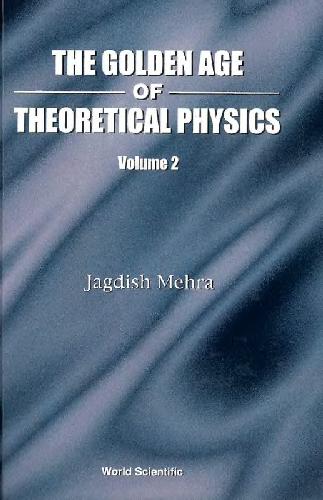
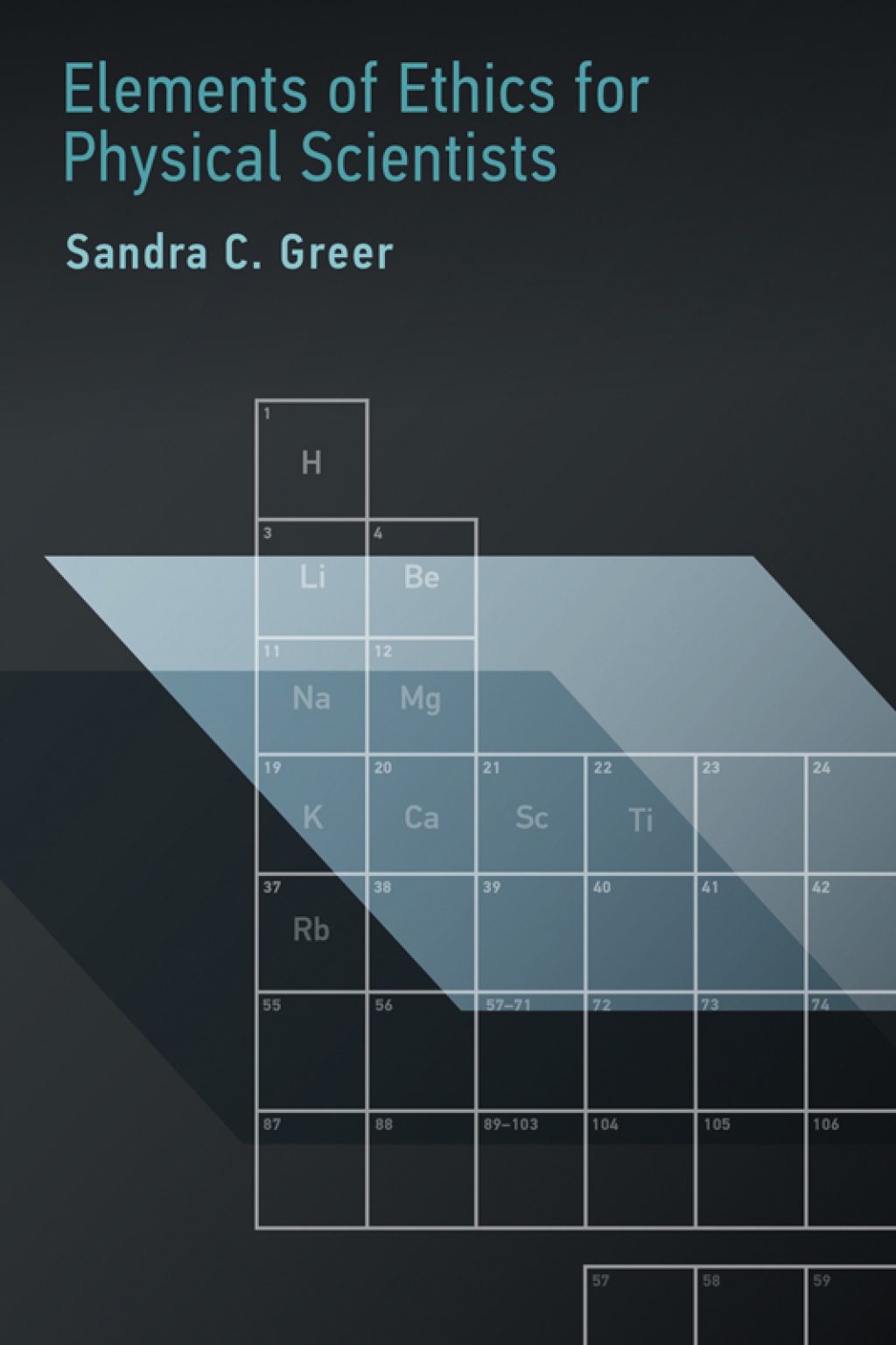
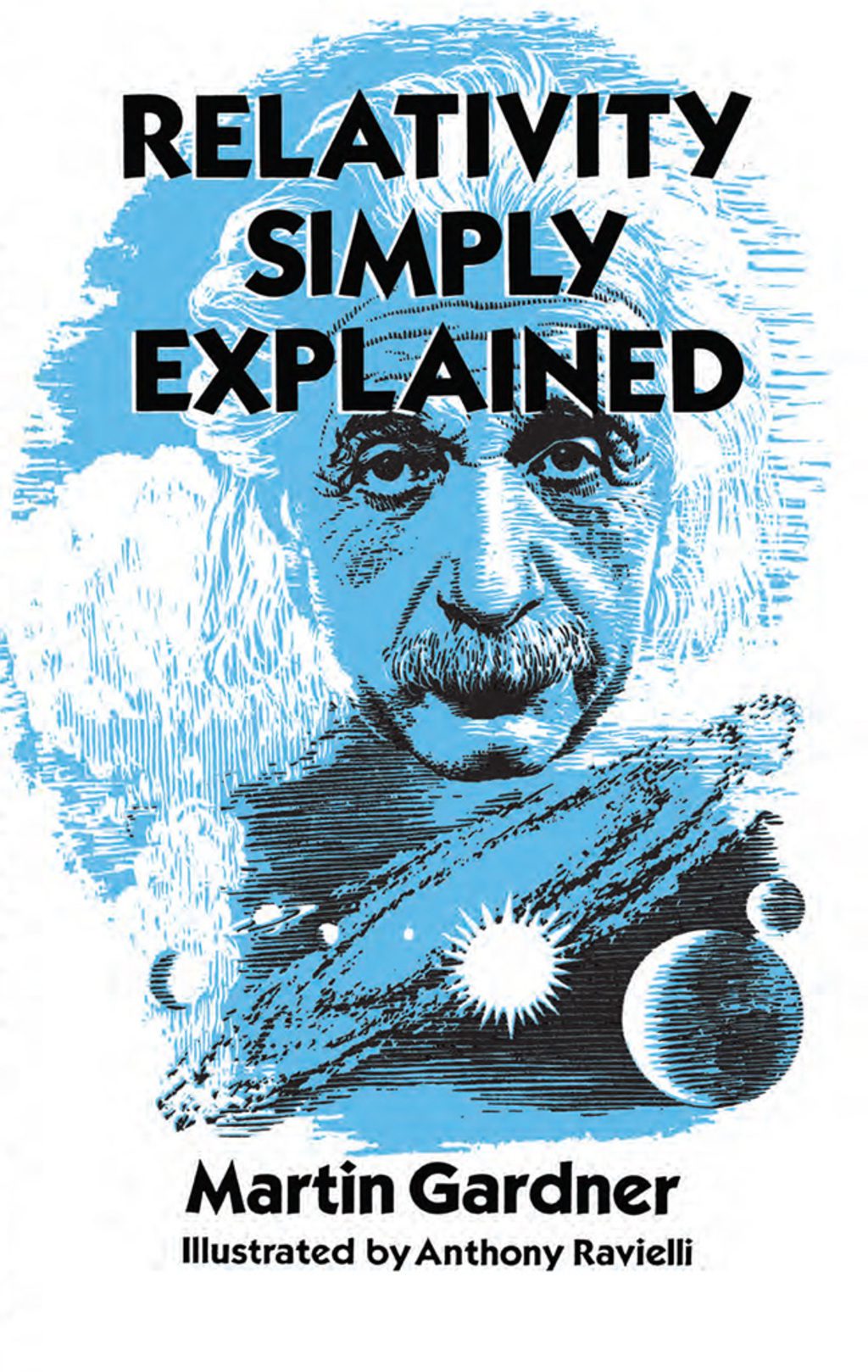

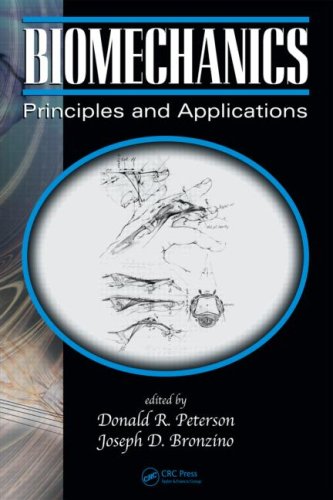
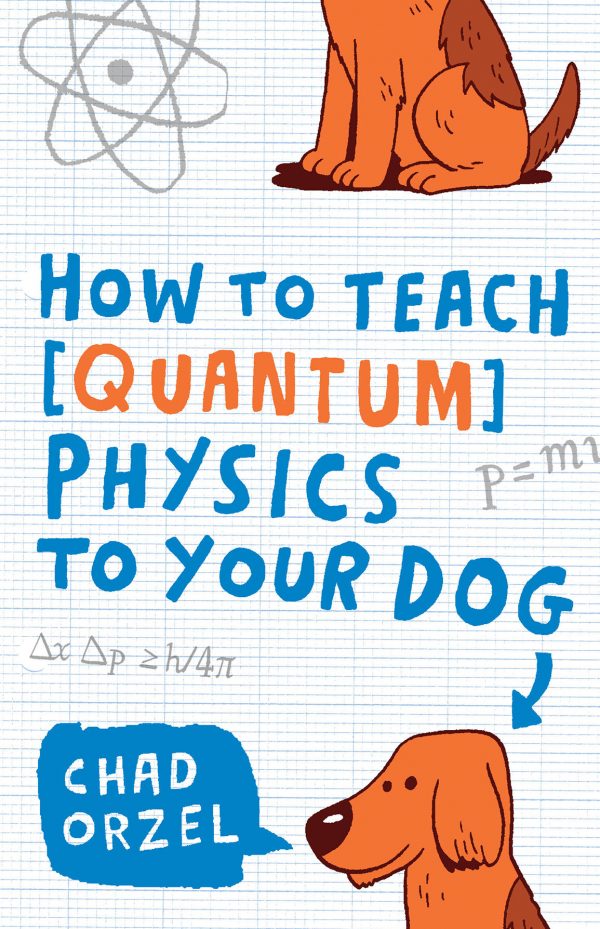
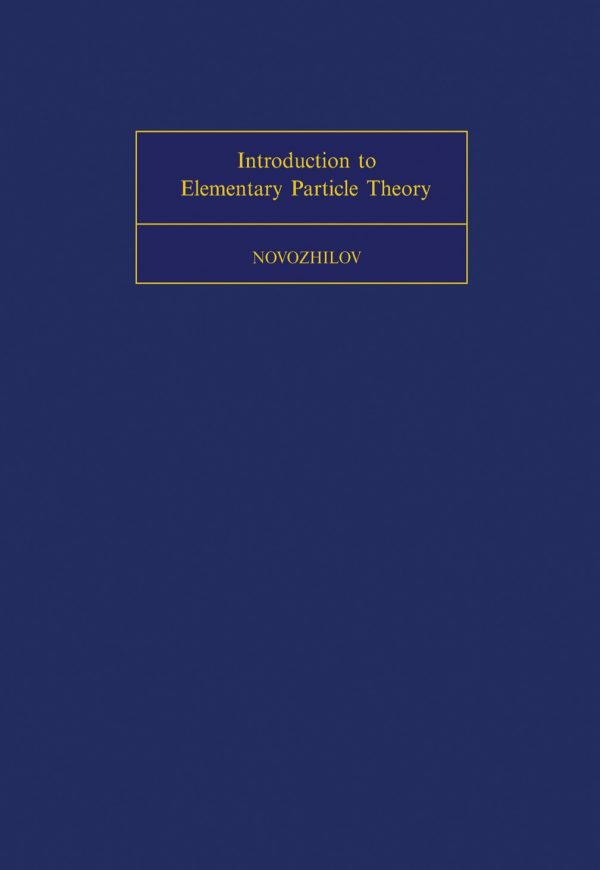
Reviews
There are no reviews yet.